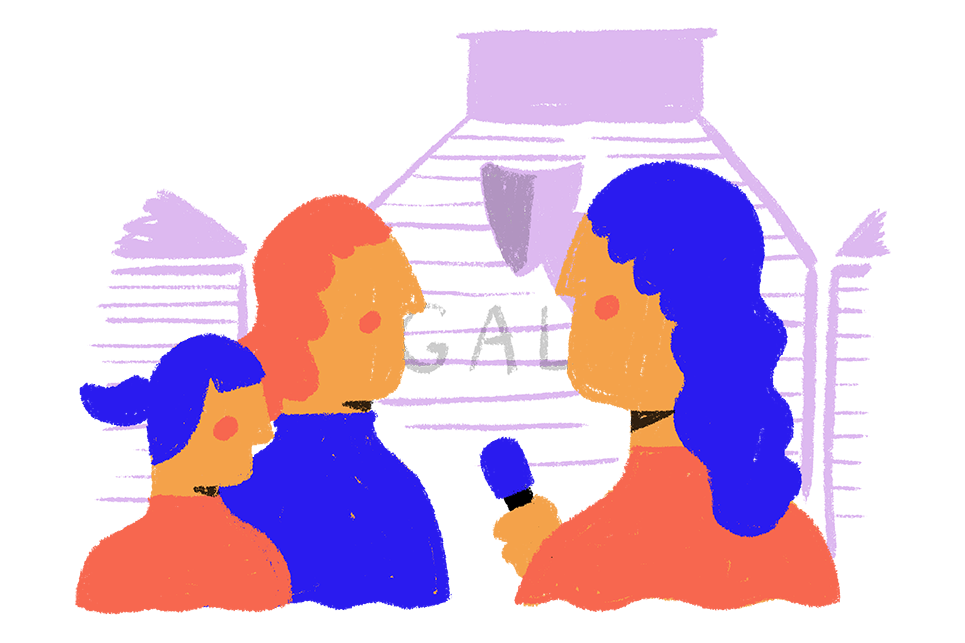Every six months, we survey all members of the Arts Portfolio Wales. The survey gathers information on the number of arts events run every year and how many people have attended or taken part in the activities. To help us build a richer picture of the state of the arts in Wales we also compile other statistics such as data on:
- ‘Protected Characteristics groups’ as defined in the Equality Act 2010
- Demographic engagement
- Employment
- Governing Bodies
- Broadcasts and streaming
- Website and social media
- Training in the arts
- Environmental performance
In the funding year 2021-2022, Arts Portfolio Wales organisations delivered 4,476 projects, resulting in 2,862,837 attendances to 48,449 events and sessions, with 12% of activity in Welsh.
The 2021/22 Arts Portfolio Wales Survey
The APW survey for 2022/23 incorporates a small number of revisions and updates, however the core questions remain the same as previous years. The topic areas covered by the survey are listed below:
Exhibitions; Children and Young People Participatory Activity; General participatory activity; Touring; Broadcasts and online; Films; Website and social media; Presenting venues; Talks and Q&A sessions; Training, workshops or event; Tenants &Artist residencies; Environmental performance; Employment; Freelancers; Volunteers; Governing Bodies
The full set of questions can be viewed in the survey template, accessed within the documents at the bottom of this page.
We've updated the guidance notes and the survey template which can be used to complete the survey as and when each project finishes. This allows Arts Portfolio Wales members to log data more frequently rather than waiting until the end of each six-month period.
More about The Equality Act 2010
Following the Equality Act 2010, we have a legal responsibility to ensure that anyone working as an employee for - or using a service provided by - an arts organisation in receipt of our funding is treated fairly. The protected characteristics include: disability, gender reassignment, pregnancy and maternity, race, religion or belief, gender, sexual orientation, and age (over 50s and children and young people). These protected groups are looked at for both those attending the arts, and those working within the arts sector. We also collect data on both Welsh speakers and families.
The survey is one of the publications categorised under our Official Statistics requirements.

